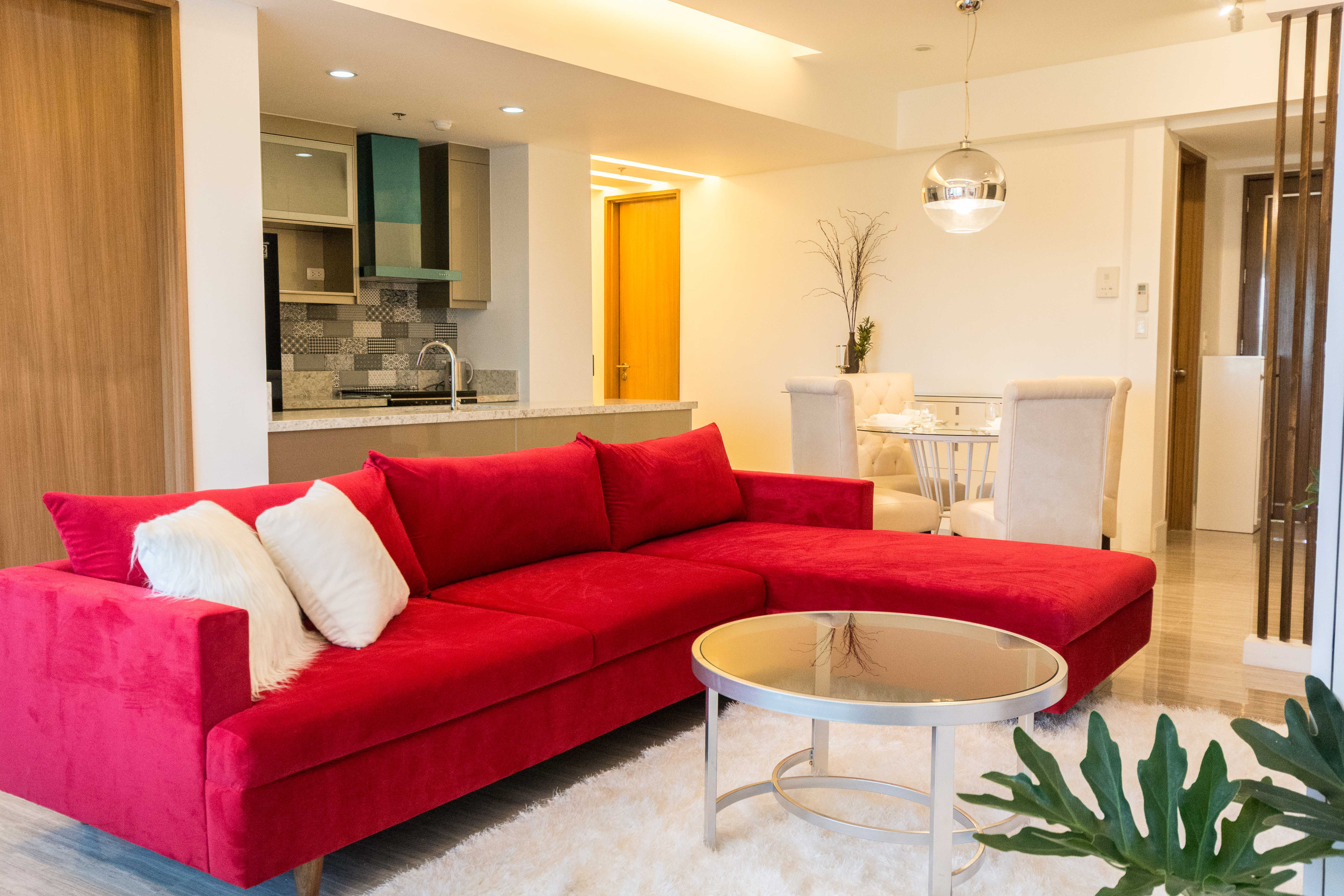One of the most critical aspects of interior design is the choice of materials used in creating a space. The selection of materials can significantly impact the overall aesthetic, functionality, and sustainability of an interior design project. Materials play a vital role in the design process as they set the tone for the entire project. They are the “building blocks” of the design and can make or break the outcome of a project. Therefore, selecting the right materials is crucial to achieving the desired look, feel, and function of the space.
One of the essential factors in choosing materials for interior design is the durability of the materials. When designing a space, it is essential to consider the wear and tear that the materials will undergo. For example, high-traffic areas such as hallways, living rooms, and kitchens require durable materials that can withstand heavy usage. Choosing the right materials will ensure that the space maintains its aesthetic appeal and functionality over time.
The choice of materials also affects the sustainability of a design project. With the increased emphasis on eco-friendly designs, materials that are environmentally friendly are gaining popularity. Environmentally sustainable materials not only reduce the carbon footprint of a project but also contribute to the health and well-being of the occupants of the space.
In addition to the durability and sustainability of materials, the selection process should also consider the design aesthetic of the space. Each material has a unique texture, color, and pattern that can impact the look and feel of a space. It is essential to choose materials that complement each other and contribute to the overall design theme of the project.
The choice of materials can also impact the functionality of a space. For instance, the use of acoustic materials can significantly reduce noise levels in a space, while materials with insulating properties can help regulate temperature and improve energy efficiency. The right choice of materials can enhance the functionality of a space and make it more comfortable and enjoyable for occupants.
Finally, the choice of materials also affects the cost of a project. High-quality materials may come at a premium price, but they offer better value for money in the long run. Durable materials with a longer lifespan will require less maintenance and replacement, which translates to cost savings over time.
The importance of choosing materials in interior design cannot be overstated. The right choice of materials can enhance the durability, sustainability, functionality, aesthetic appeal, and cost-effectiveness of a design project. Interior designers must carefully consider the impact of materials on the overall design theme, functionality, and budget of a project. By doing so, they can create spaces that are both visually pleasing and highly functional.
